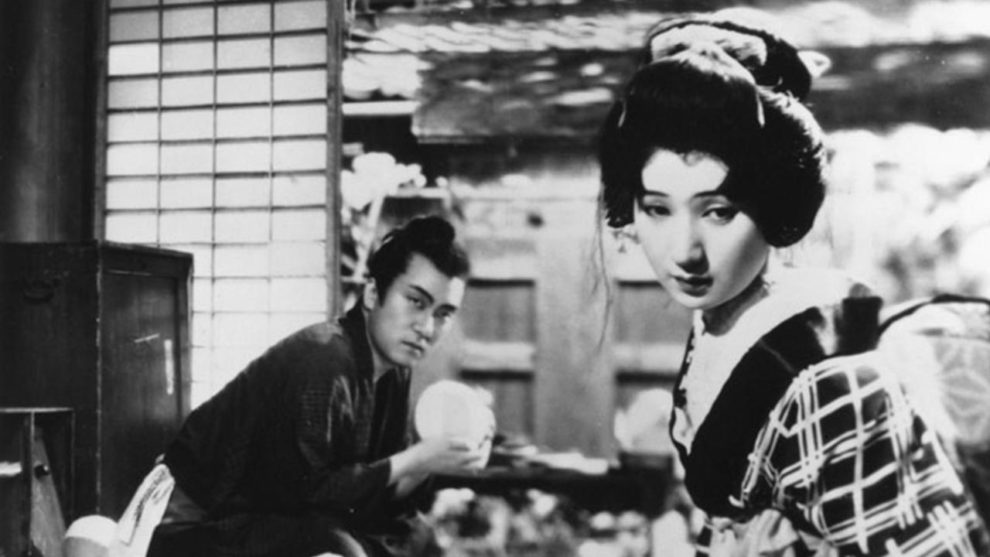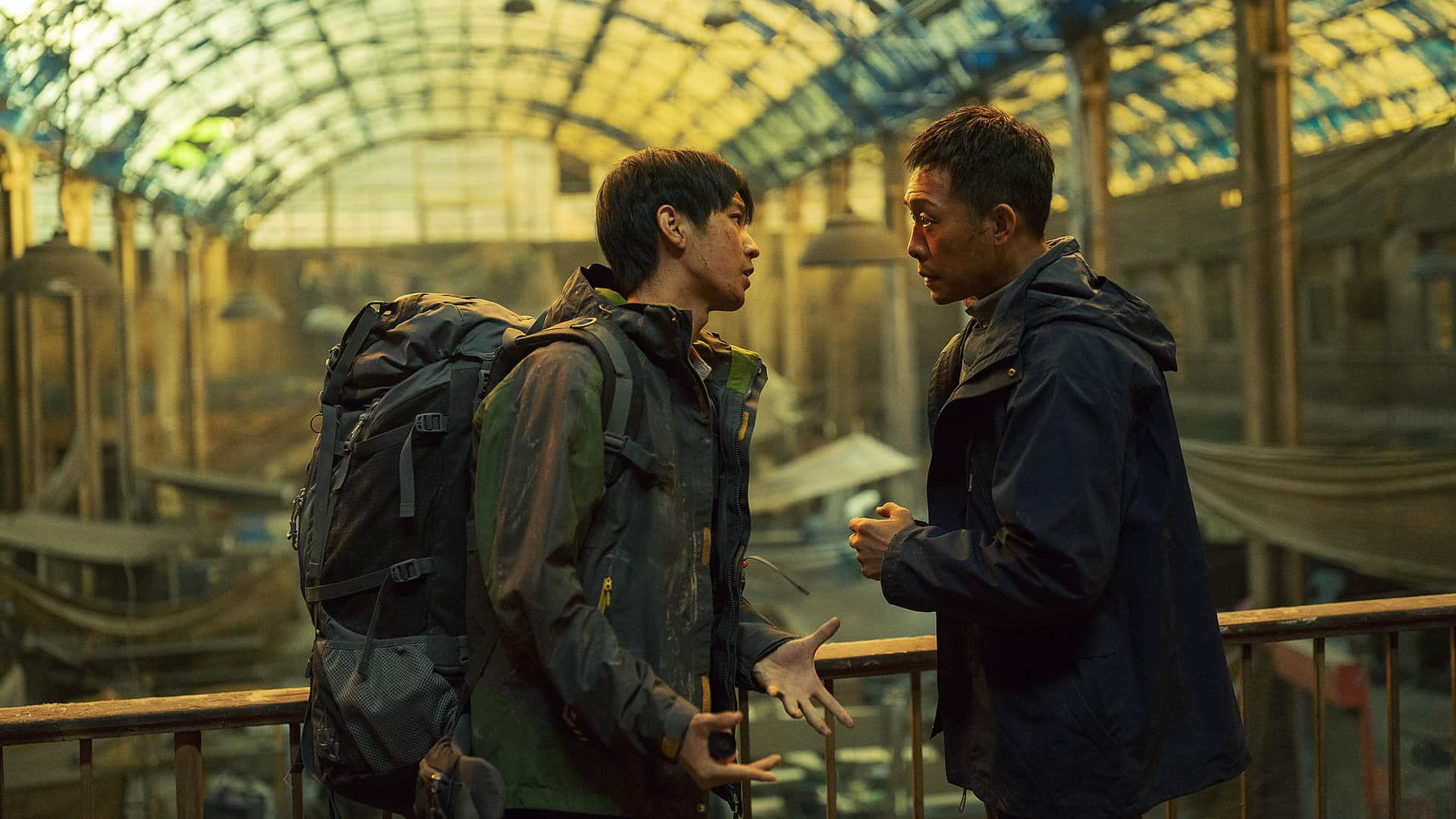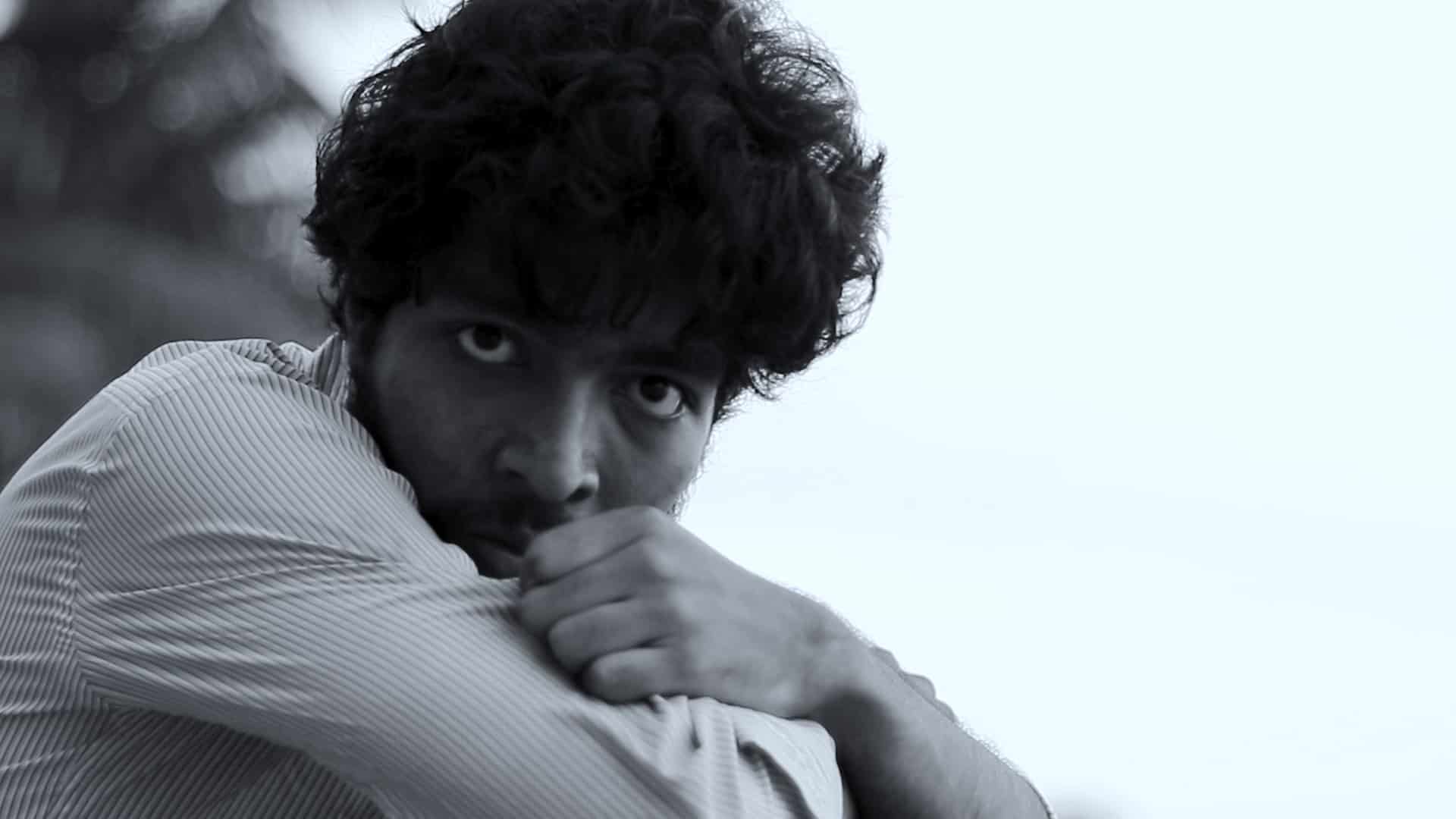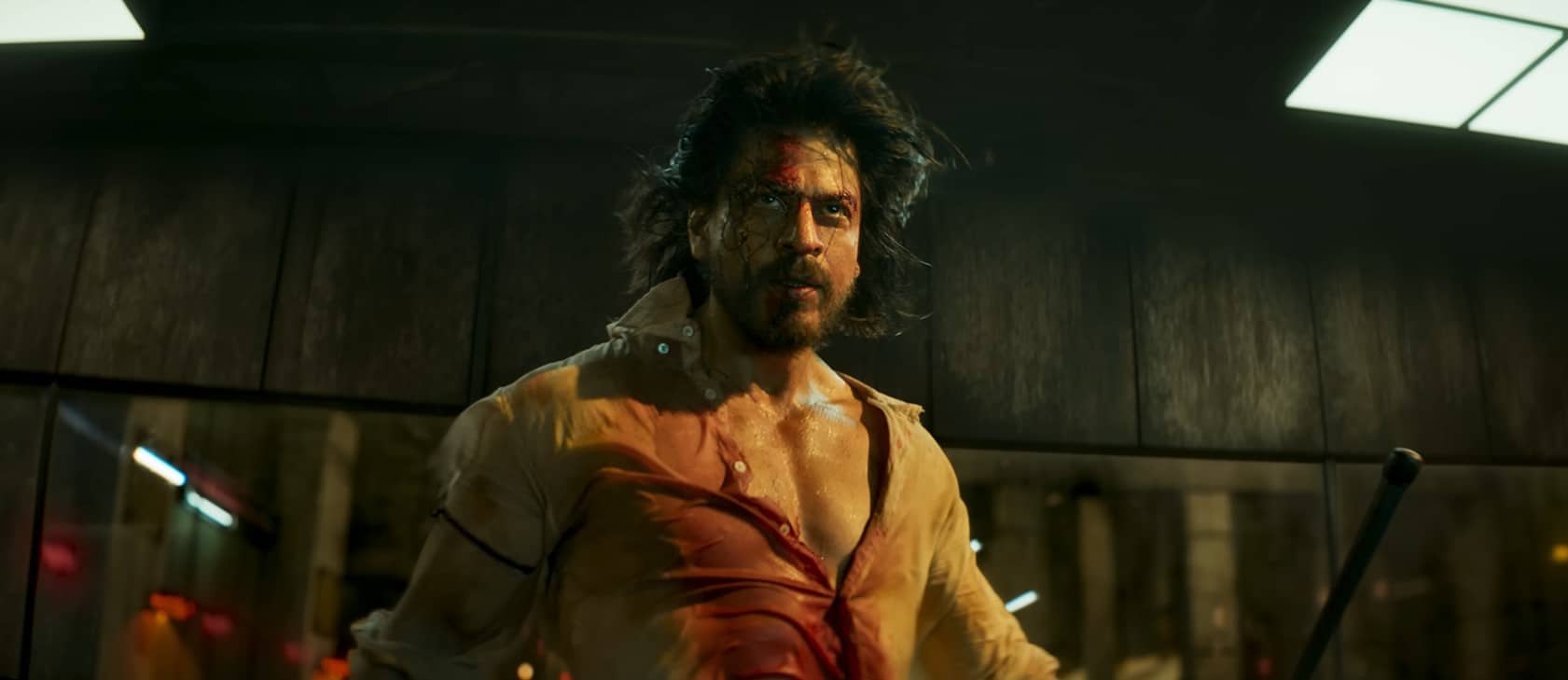Even though he directed 26 films in his career and was one of the “founders” of jidaigeki genre, only three features by Sadao Yamanaka survived and are still available today. Heavily inspired by Japanese history as well as the sociopolitics of the time, Yamanaka was also said to have been inspired by Hollywood cinema of the 1920s and 1930s, which is evident in what little is left of his body of work. Apart from “The Million Ryo Pot” (1935) and “Humanity and Paper Balloons” (1937), arguably his most influential work, “Kochiyama Soshun”, or “Priest of Darkness” as the English title goes, is one of those three works, showing the balance between historical drama and trenchant comment on social hierarchies, images of gender and mechanisms of power in daily life. Considering “Priest of Darkness”, along with “The Million Ryo Pot”, underwent digital restoration into 4K, it is perhaps time to take another look at this still little known gem of Japanese cinema.
Priest of Darkness is screening at Japan Society
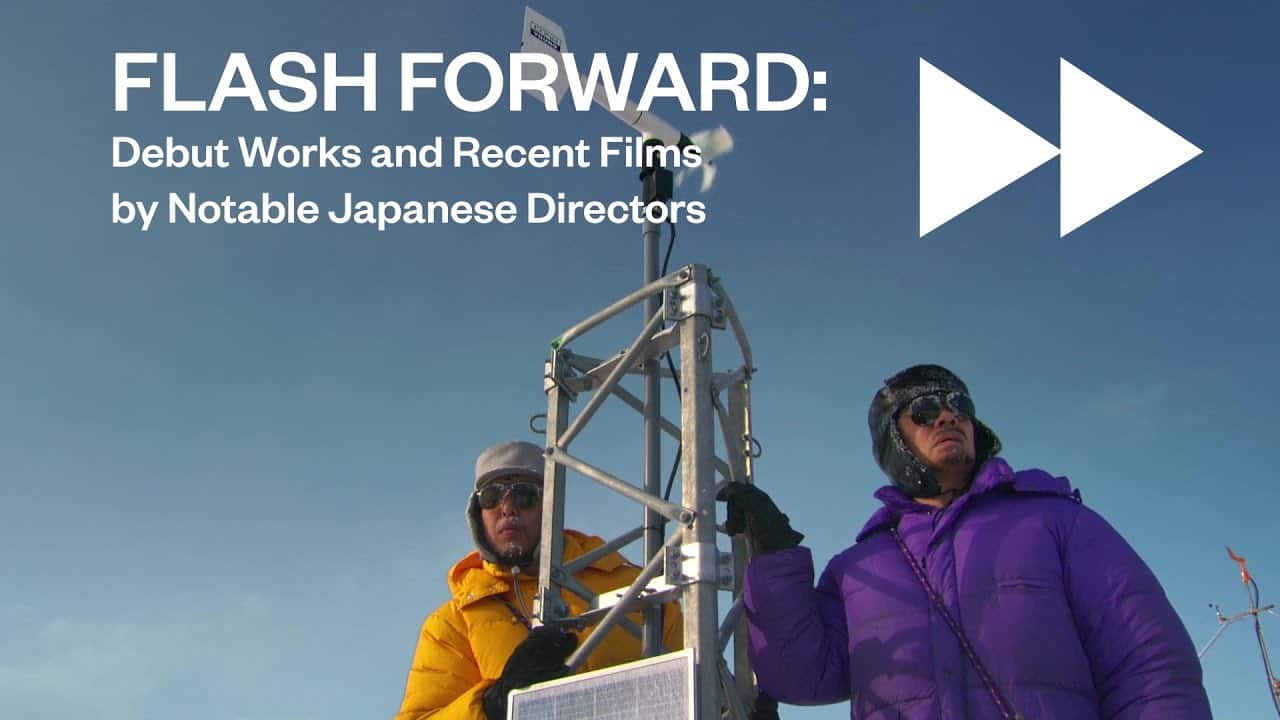
Based on the play “Kochiyama & Naozamurai” by Mokuami Kawatake, a young man named Hirotaro (Sensho Ichikawa), tired of his seemingly never-ending strain of bad luck, steals the knife of a samurai in order to make some extra money, so he and his great love, courtesan Omitsu (Junko Kinugasa), can leave town and perhaps start a life of their own. However, he never anticipated the chain of events he set in motion, as not only the samurai, willing to rid his reputation of the stain of having been the victim of a thief, is searching for him, but also the girl's owner. Under the name of Nao he tries to hide in the gambling establishment of Kochiyama (Chojuro Kawarasaki), making matters even more complicated as the owner now also becomes entangled in his crime.
As Omitsu's owner tries to blackmail Onami (Setsuko Hara), Hirotaru's sister, for the money his brother owes him, and a local samurai named Kaneko (Kanemon Nakamura) is also on his tail, the young man finally realizes the mess he made, especially since he already sold the knife. Observing the situation her brother brought her in, the samurai decides to disobey his superior and not only swears to find Hirotaru, but also to settle the score with his boss.
While his settings and characters may not have been as contemporary as the ones by his colleagues Yasujiro Ozu or Akira Kurosawa, features like “Priest of Darkness” prove Yamanaka's keen eye for certain machinations in society. The relatively banal theft which starts the action and sets in motion a fatal domino chain of events, is soon overshadowed by various characters and their agenda to expand their power and make business with others. Even a chess game or two men outbidding each other for the price of a knife means more in the greater scheme of things, emphasizing how some people first look out for themselves and their benefit, especially when their rank allows it.
On the other hand, those on the lower sphere of the social hierarchies have to suffer the consequences for their crime of trespassing into other areas of society, or for simply deciding to act on their own. Proving her great talent for such characters, Setsuko Hara gives a great performance as a woman who becomes the victim of circumstance and who is caught in the cross fire of differing interest, with men in powerful positions negotiating the price she is worth. Similar to the visual approach in Ozu's dramas, Yamanaka and cinematographer Harumi Machii frame each shot carefully, highlighting the almost claustrophobic nature of the society the feature portrays, its confinements and borders, which one must not violate.
In conclusion, “Priest of Darkness” is a fine example of early Japanese cinema. Director Sadao Yamanaka manages to tell a story whose themes seem just as relevant as they were during the time of filming, and whose performances and visual approach makes this feature a true discovery for Asian cinephiles.


